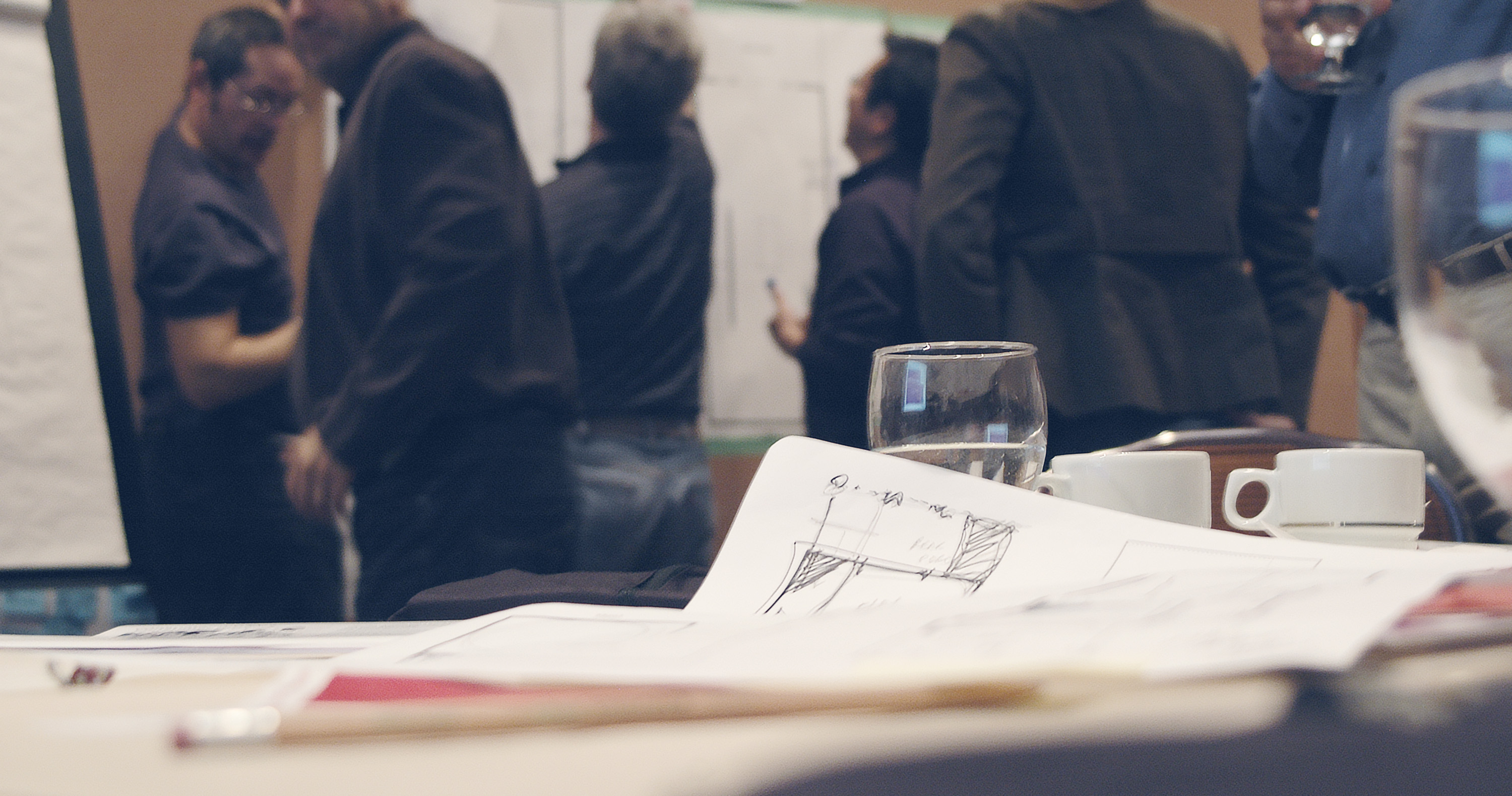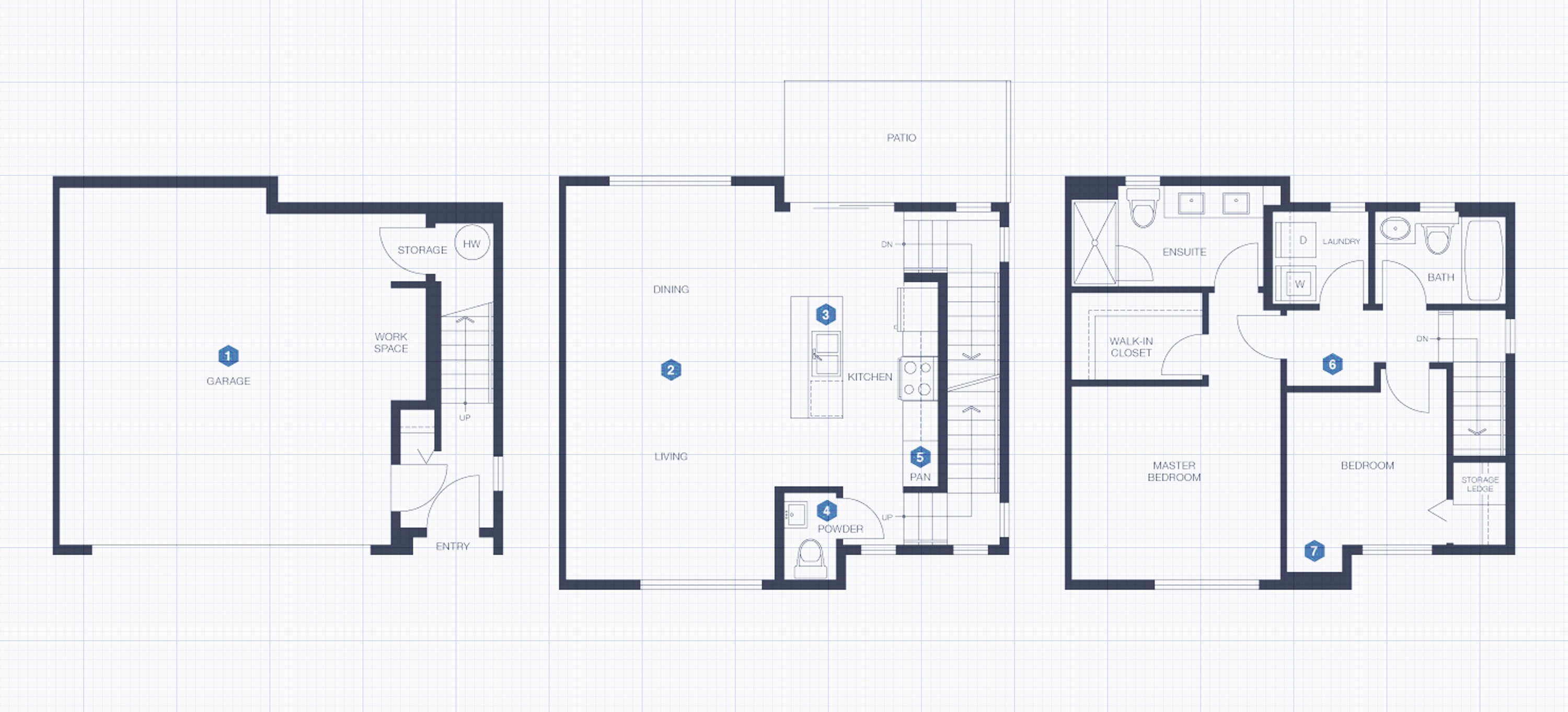Polygon Homes
Design Research For Homes
Polygon Homes, one of the most well-established and respected home builders in British Columbia, first hired us to facilitate an innovation workshop for their annual leadership retreat in Whistler.
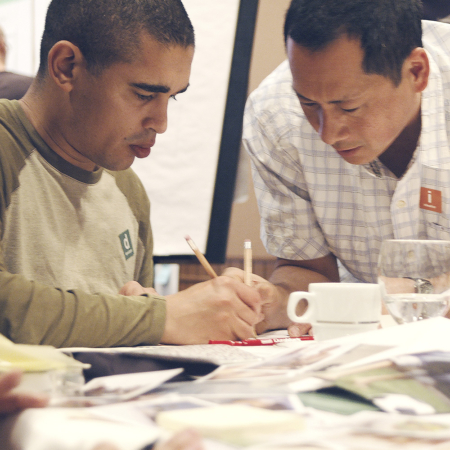

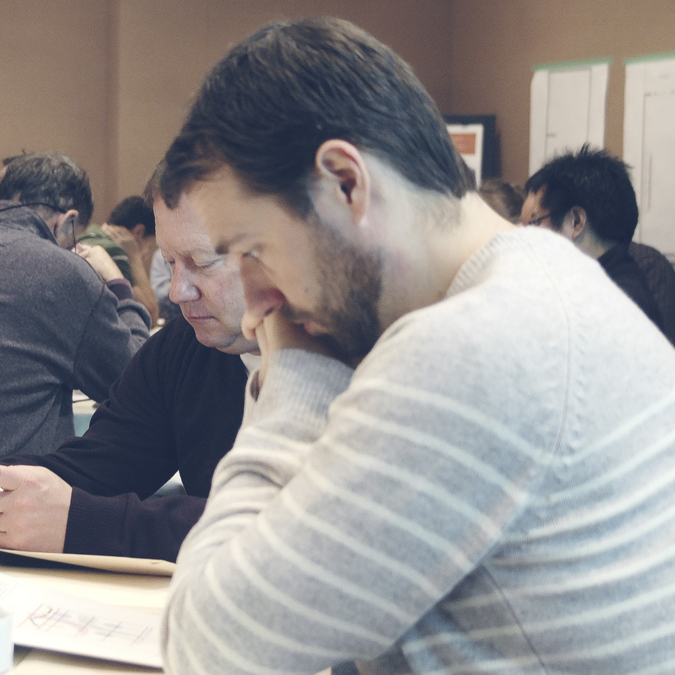
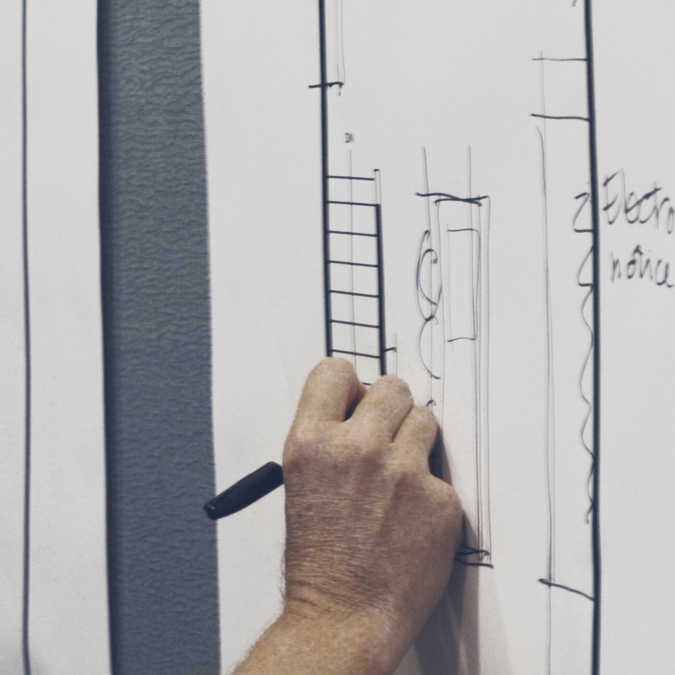
Our Challenge!
After a successful workshop where we identified their team’s innovation thinking profiles, introduced the concepts of design thinking and facilitated exercises in ideating and prototyping, we proposed a challenge:
For Polygon to allow us to create and test a consumer-centric New Product Development (NPD) based on design-thinking methodology.
To further the challenge, we asked for their most difficult, current development to prototype. With the president’s approval and the advocacy of the VP of Marketing, our innovation assignment was a planned new development in Langley, on the outskirts of Vancouver.
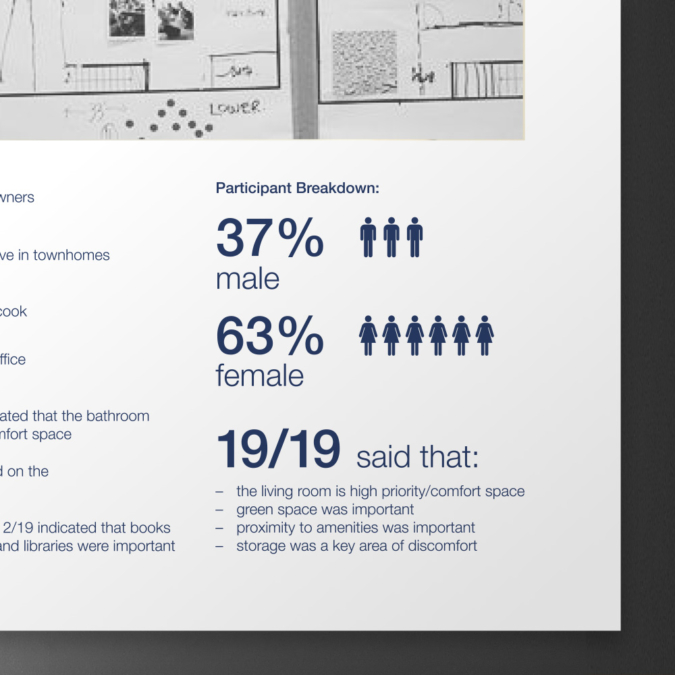
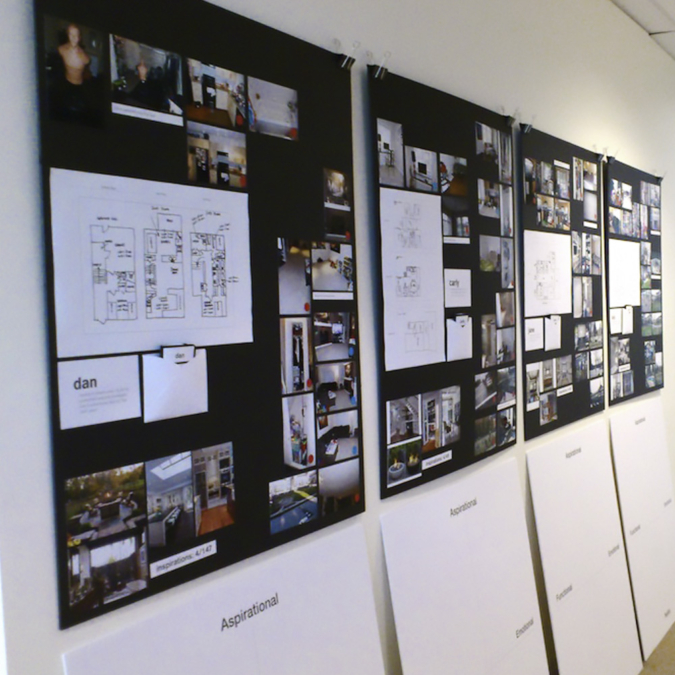
Making Homes More Meaningful and Sensible
We first immersed ourselves in the world of home buyers and home dwellers, conducting ethnographic studies in people’s homes. We designed a unique in-home exercise toolkit, which our subjects could complete on their own time. This exercise led to in-depth, one-on-one conversations with select participants.
Our research uncovered invaluable insights on how to make townhome living more meaningful and sensible for young families. We synthesized the learnings into thematic building blocks to inform the future architecture of the project, including recommendations on parking, stairs, and alcoves.

Creating a Shift in Sales
After many years of designing and building homes for first-time home buyers, we helped shift Polygon’s new product process to be more people-centric. Results of our work led to an Urban Design Innovation Award for our client’s Mason and Green development, including some great media coverage on local news channels.
Polygon’s recognition for their new approach also helped galvanize the local development community to follow suit — something we are very proud to have played a role in.
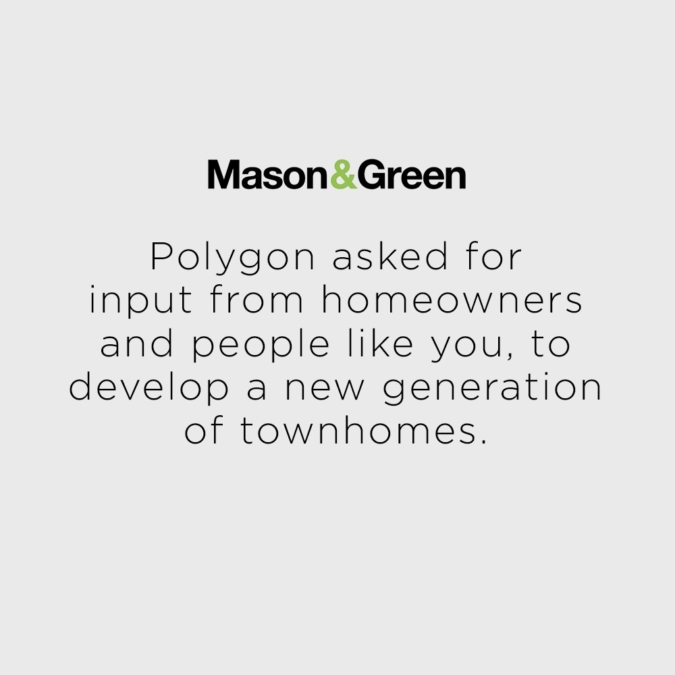
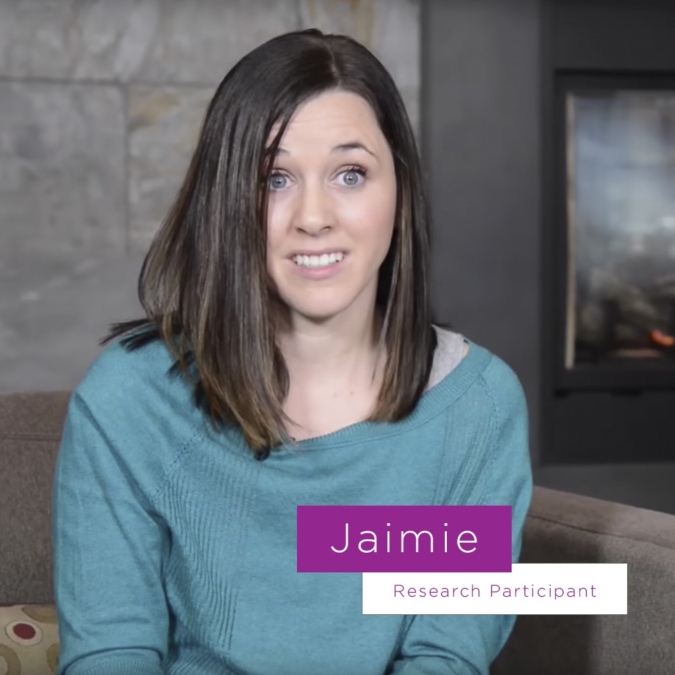
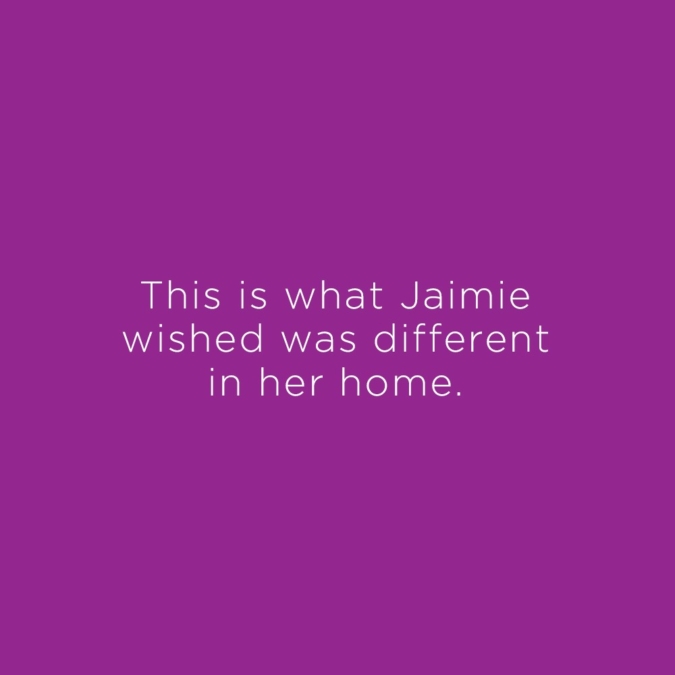
“It was nice to be asked ‘what would you like, what could you imagine and how could we do this differently?’”
Jamie, Research Participant
